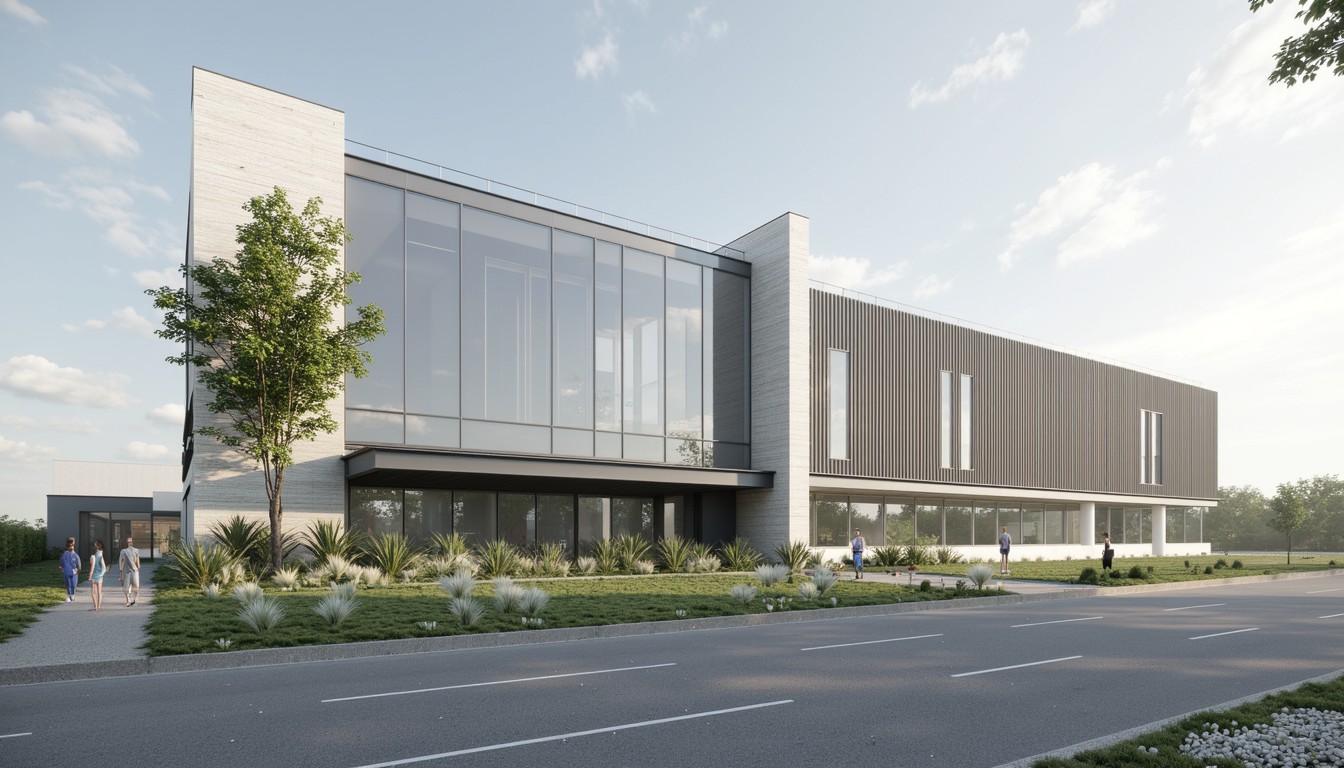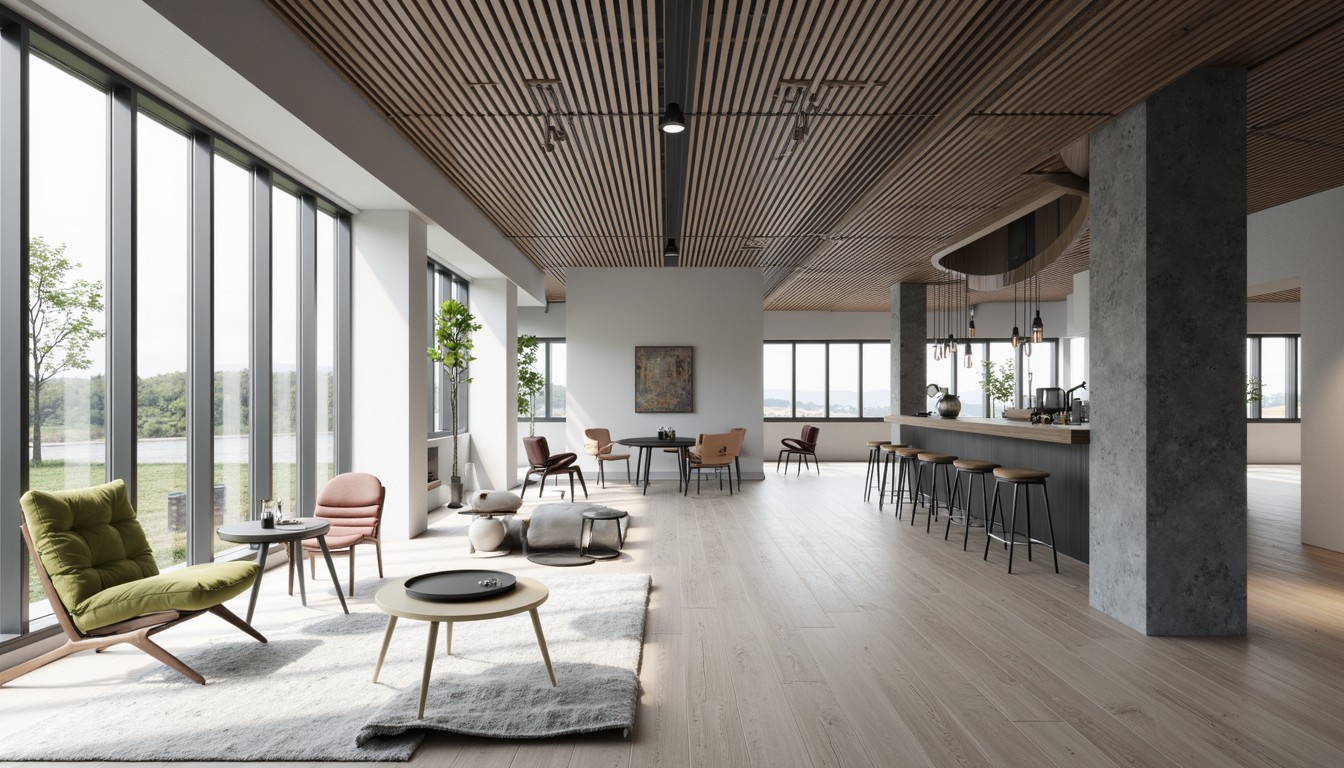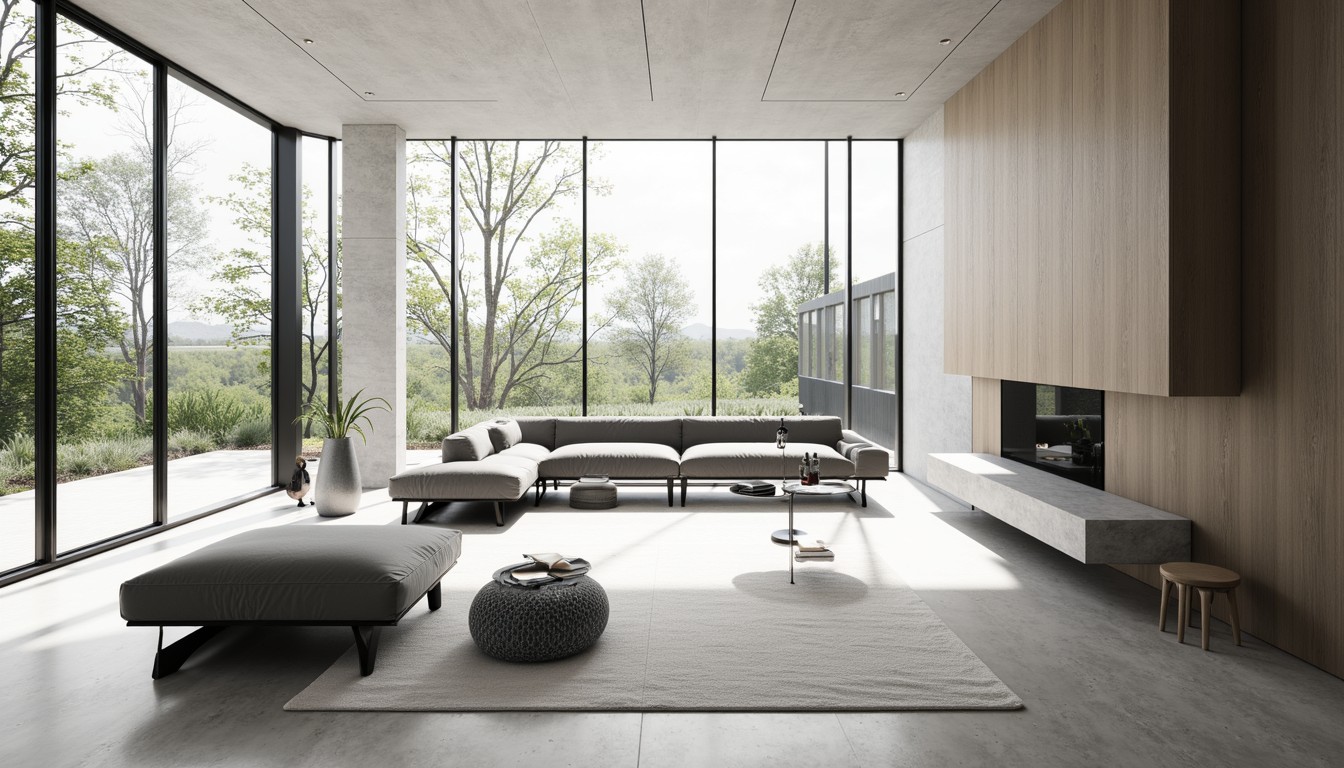Digital Transformation: Revolutionizing Architectural Design
The architectural landscape is undergoing a dramatic shift, driven by the rapid advancement of digital technologies. This digital transformation is not merely a trend; it's a fundamental reshaping of how architects design, visualize, collaborate, and construct buildings. From conceptualization to completion, digital tools are streamlining workflows, enhancing creativity, and ultimately delivering better built environments. This article explores the key aspects of this transformation and how ArchNav is at the forefront of this exciting evolution.
BIM: The Cornerstone of Digital Architecture

Building Information Modeling (BIM) is arguably the most significant driver of digital transformation in architecture. BIM is a process involving the generation and management of digital representations of physical and functional characteristics of places. It's more than just 3D modeling; it's a collaborative platform that encompasses all aspects of a project's lifecycle. Architects use BIM software to create detailed 3D models, incorporating structural, mechanical, electrical, and plumbing (MEP) systems. This integrated approach allows for better coordination between disciplines, reducing clashes and improving efficiency.
Real-World BIM Applications:
- Clash Detection: BIM software identifies conflicts between different building systems early in the design process, preventing costly rework during construction.
- 4D BIM (Construction Scheduling): Integrates time into the model, allowing architects and contractors to visualize and manage the construction schedule effectively.
- 5D BIM (Cost Estimation): Links the model to cost data, providing accurate budget estimations and facilitating better financial management.
- 6D BIM (Facility Management): Provides a digital twin of the building, facilitating efficient operation and maintenance throughout its lifespan.
Advanced Visualization Techniques: Bringing Designs to Life
Architectural visualization has undergone a radical transformation thanks to advancements in rendering, virtual reality (VR), and augmented reality (AR). These technologies allow architects to create highly realistic and immersive representations of their designs, facilitating better client communication and stakeholder engagement.
The Power of VR and AR in Architectural Design:
- Virtual Reality (VR): Allows clients and stakeholders to experience the design as if they were physically present, fostering a deeper understanding and appreciation of the project.
- Augmented Reality (AR): Overlays digital information onto the real world, enabling architects to visualize designs in their actual context, facilitating better site analysis and design integration.
- High-Resolution Rendering: Photorealistic renderings showcase the design's aesthetic qualities, textures, and materials with exceptional detail, enhancing communication and client approval.
Data Analytics and AI in Architecture: The Future is Now

The integration of data analytics and artificial intelligence (AI) is transforming decision-making in architecture. AI-powered tools can analyze vast datasets, identifying patterns and insights that can inform design choices, optimize building performance, and enhance sustainability.
Applications of AI and Data Analytics:
- Generative Design: AI algorithms explore numerous design options based on specified parameters, leading to innovative and optimized solutions.
- Performance Simulation: Sophisticated software simulates building performance based on various factors, such as energy efficiency, daylighting, and thermal comfort.
- Predictive Maintenance: AI can analyze sensor data to predict potential maintenance issues, reducing downtime and improving building lifespan.
Cloud Collaboration and Remote Work: Enhancing Teamwork
Cloud-based platforms have revolutionized collaboration in architecture. Architects can now work seamlessly on projects from anywhere in the world, sharing files, models, and design iterations in real-time. This fosters greater efficiency and flexibility, particularly beneficial in today's increasingly globalized industry.
The Role of ArchNav in Driving Digital Transformation

ArchNav is a leader in architectural visualization, leveraging the latest digital technologies to deliver exceptional results for our clients. We utilize cutting-edge BIM software, advanced rendering techniques, and VR/AR capabilities to create stunning and informative visualizations that help architects communicate their vision effectively. Our expertise spans all aspects of digital transformation in architecture, ensuring our clients are at the forefront of innovation.
Conclusion
Digital transformation is revolutionizing the architectural profession, empowering architects with powerful tools to design, visualize, and construct better buildings. By embracing these advancements, architects can enhance efficiency, improve collaboration, and deliver exceptional results. ArchNav is committed to staying at the forefront of this evolution, providing our clients with the expertise and cutting-edge technology needed to thrive in this rapidly changing landscape. Contact us today to discover how we can help you leverage the power of digital transformation for your next project.
